Accurate measuring is key to a great fit in spandex costuming. This post has everything you need to know about how to measure for costuming.

Because spandex stretches, it’s fairly easy to get a commercially bought pattern to fit, as the stretchiness will allow for minor variations in measurements.
Before you figure out which size to start with, though, you will need to take some measurements. Taking proper measurements is key to obtaining the best fit, whether you’re sewing for yourself, or someone else. (Also: See my Basic Pattern Alterations post for information on how to make patterns fit better to your measurements!)
- The vast majority of measurements dealt with in fashion design are done in inches. Even here in Canada, most work in inches... while we use metric for everything else (except height, usually!).
Some patterns include cm measurements as an option, and some designers choose to work in cm... but inches are definitely the default in the North American fashion industry.
Tips for Taking Measurements
Dressing for the Occasion
- The person being measured should wear something form-fitting, as excess bulk from baggy clothing will skew the measurements. A leotard or bathing suit is optimal!
- When measuring for girls' or women’s swimwear, the person being measured should wear a well-fitting, supportive, and unpadded bra when taking chest measurement. (If applicable).
- For other girl/women's costumes: Wear the bra you intend to wear under the costume, when being measured. This is especially important if you plan to use a padded bra.
Taking the Measurements
- Use a plastic measuring tape that’s intended for sewing/fashion. Fabric measuring tapes tend to be inaccurate, and metal ones from hardware stores will not wrap around the body properly.
Make sure your measuring tape is in good shape, with no stretching, warping, or cuts.
- The person being measured should not take their own measurements. When one measures themself, they tend to screw up their posture and get inaccurate measurements.
- Make sure that the measuring tape goes straight around the body, not scooping or dipping anywhere, and that it does not twist when you’re doing so.
This is especially important when taking the bust measurement, as most people tend to let the measuring tape dip under the shoulder blades on this measurement.
- The tape should be snug against the body, without digging in anywhere.
- Make sure you’re reading from the right side of the tape. It seems like a silly thing to bring up, but make sure you’re starting at the “0" end and reading out from there.
We all have brain farts from time to time... couple that with the measuring tapes that have measurements going one way on one side, and starting at the other end on the flipside? Figured it’s worth mentioning 🙂
When Measuring to Place an Order
- Measure everything twice, to be sure.
- Be sure to read any directions from the designer you’re working with. While this post is a good overview of how most standard measurements are taken, some designers have particular ways that they like to do things.
Always go with what the designer asks for!
- When you are measuring for someone else to make an outfit, report the actual measurements as you read them.
DO NOT give them larger/smaller measurements because you want something bigger/to fit over something / tighter / because you're dieting.
If you want your costume built to be any of these things, give your designer your actual current measurements and tell them about your special requests.
- If you’re taking measurements for a team order, have one person take all the measurements.

The Most Common Measurements
The most common measurements needed include:
Chest / Bust
"Chest" / “Bust” refers to the measurement around the fullest part of the bust, usually at the nipple line.
The person being measured should hold their arms out to the side, while the person who's measuring makes sure that the measuring tape goes straight across the back, not scooping down under the shoulder blades.

Chest Measurement
Underchest / Under Bust / Ribcage
Measured under the breasts, where the bra band would go.
Hint: Where your bra band would sit!

Under Bust Measurement
Waist
"Waist" generally refers to the smallest part of your torso.
If you do not have an obvious waistline, bend to one side. The point at which you bend over is your waistline.

Waist Measurement
Hips
"Hips" refers to the fullest measurement around your butt - NOT at your hipbone line!
Again, measure straight around the body, ensuring the measuring tape doesn't dip or scoop down at any point.
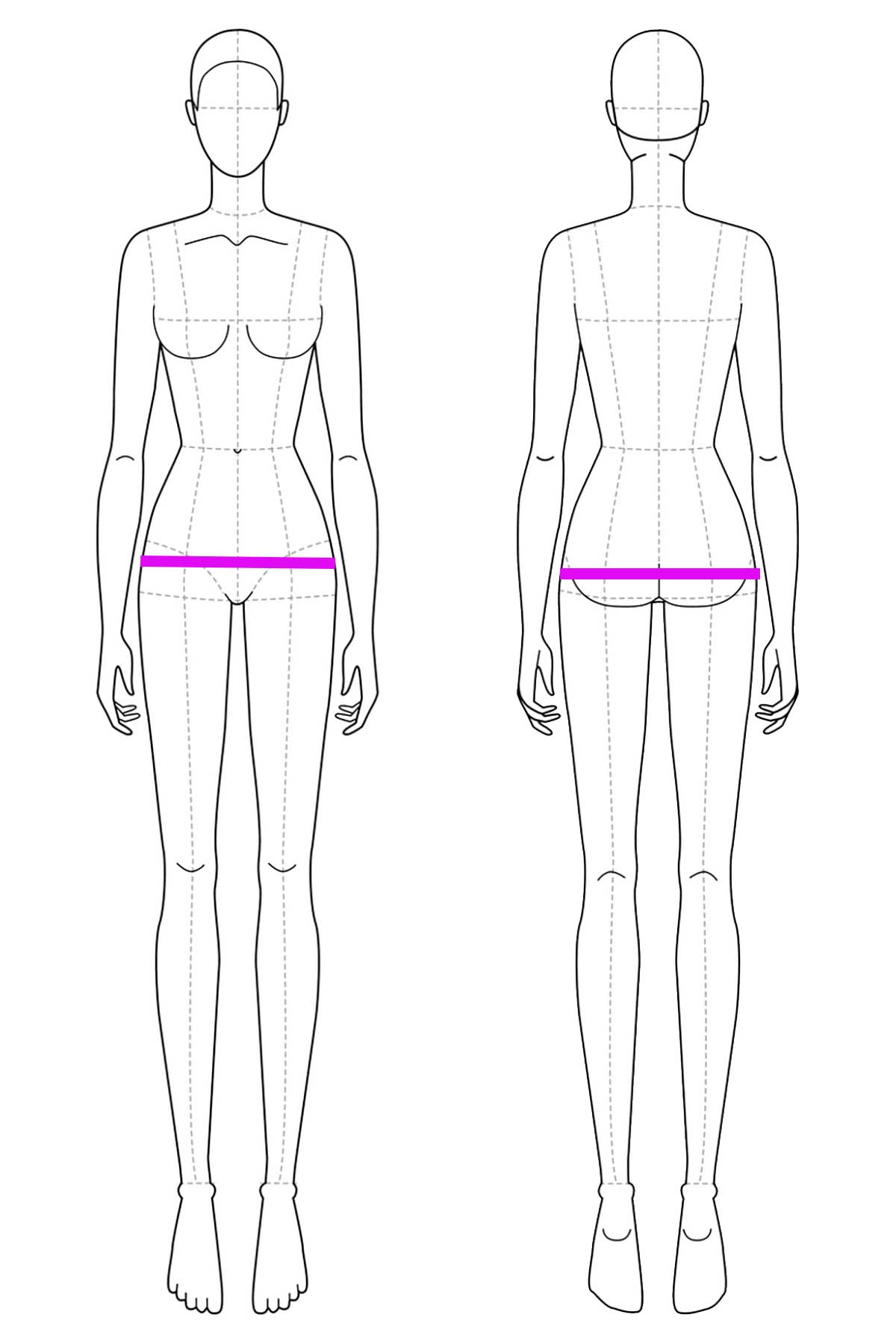
Hip Measurement
Girth / Torso Length
This measurement is taken around the entire torso.
Hold the “0" end of the measuring tape at the top of one shoulder, in the middle (think: where a bra strap sits).
Run the tape down the front of the torso, between the legs, and up the back, ending at the beginning point on the shoulder for a full, closed loop.
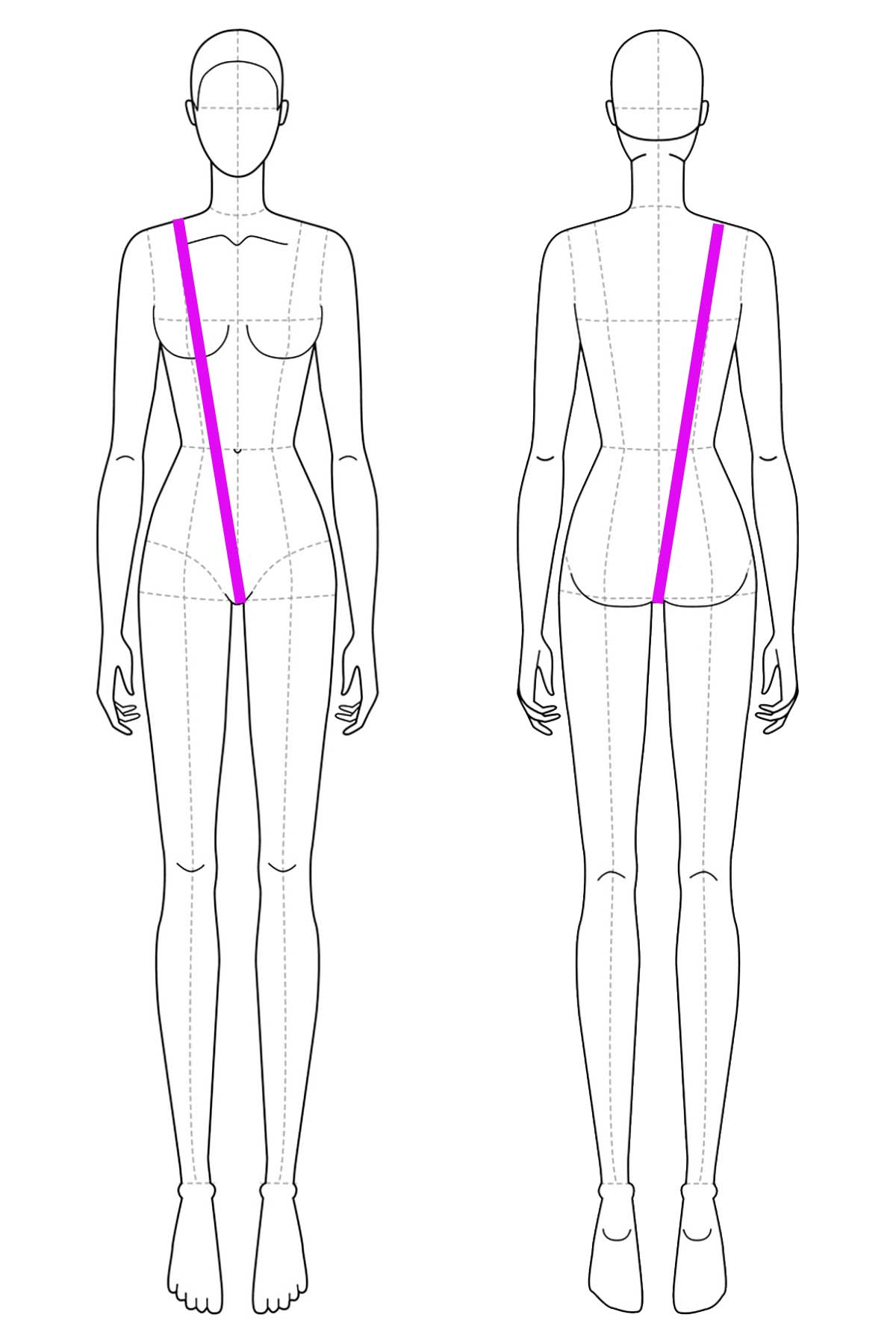
Girth / Torso Measurement
Back-waist
This measurement is from the prominent vertebra in the neck, down the back to the waistline.
When taking the back-waist measurement, have the person being measured stand with their back to the person taking measurements.
They should stand straight and bend their head down to the front - WITHOUT leaning forward. The bone that sticks out in the base of the neck is referred to as the “prominent vertebra”. The Backwaist is measured from this bone, down to the back of their waistline.
If the person taking measurements is new to doing so, they should put a belt on / tie something around the waistline of of the person being measured. This will prevent guessing as to where the waist actually is.

Backwaist Measurement
Arm
This measurement will depend on the pattern instructions, or the designer asking for them.
I tend to measure from armpit to wrist, others will measure from the top of the shoulder to the wrist. Be sure to read the directions for what you’re working with, as these are two very different measurements!
For Under Arm:
Extend your arm straight out to the side, palm facing the floor. Measure from armpit to wrist, along the underside of your arm.
For Over Arm: Consult the pattern or designer. Some will have you measure from the neck, others from the high point of the shoulder joint, and others from the center of the back.
Also, there can be some variation in where you stop measuring. Most will ask for wrist (wrist bone!), some will ask for top of the hand or fingertips.
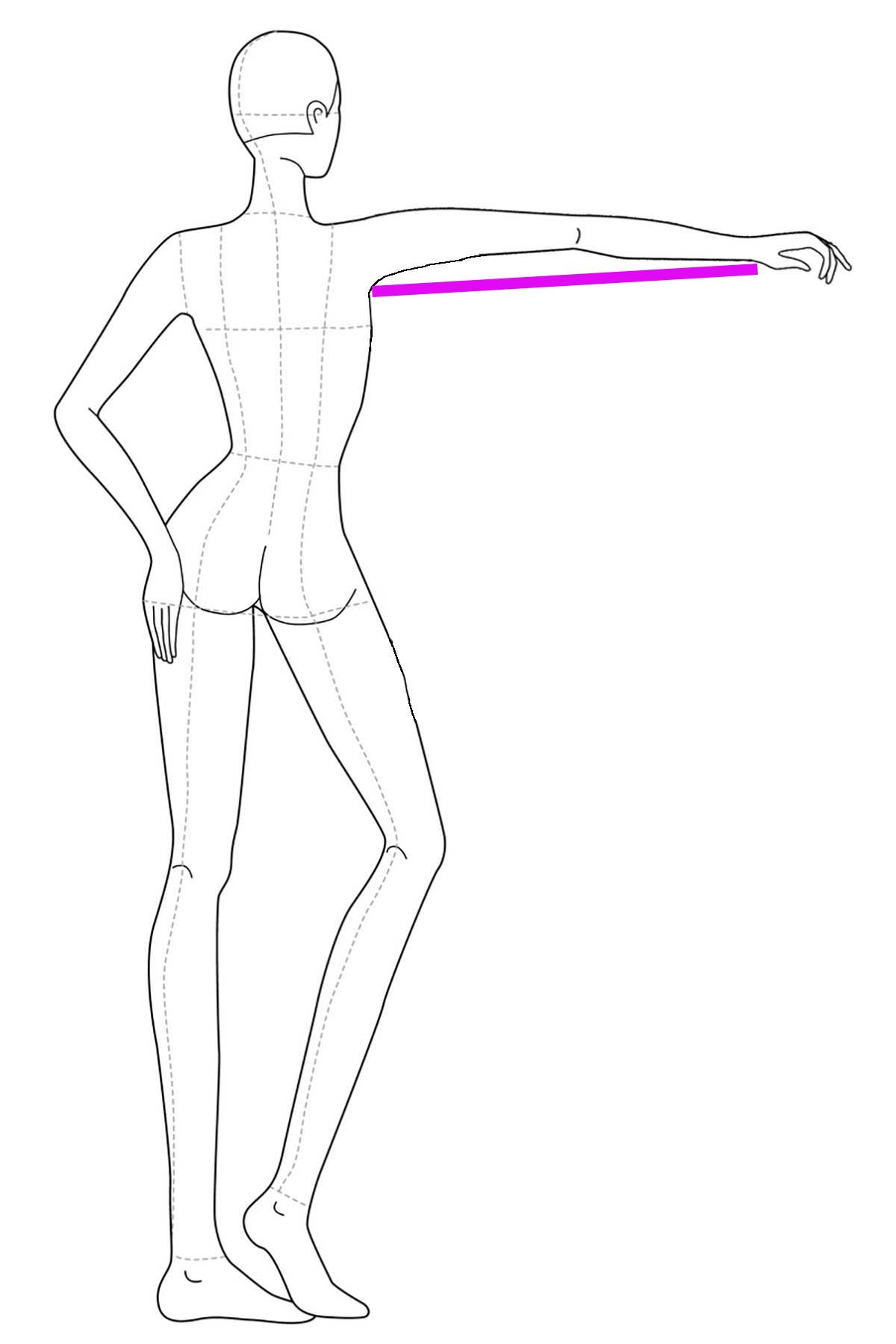
Under Arm Measurement
Inseam
My least favourite measurement to take!
Back when I was a young figure skater, the mother of one of my friends was telling us about the time he yelled that the seamstress was a “perv” when he was being measured.
I think the secondhand embarrassment kind of traumatized me, LOL*.
Anyway, this measurement is generally from the crotch to the ankle bone, in most cases. (Check your pattern or designer instructions)
To measure the inseam, the person being measured should stand with their legs straight.
Hold the starting end (0") of the measuring tape so that the measurement begins right under the bottom of the crotch. Measure straight down the inside of the leg, ending in the middle of the ankle bone.
* I generally hand the 0 end of the tape measure to the person being measured, and ask them to hold it under their crotch, while I measure down to the ankle.
Women tend to understand immediately, my wrestlers tend to need me to clarify with “right up under your junk”. Whatever gets the job done!
Note: If you’re measuring for shorts, capris, etc, you may need to measure from the crotch down to where you would like the shorts to end.
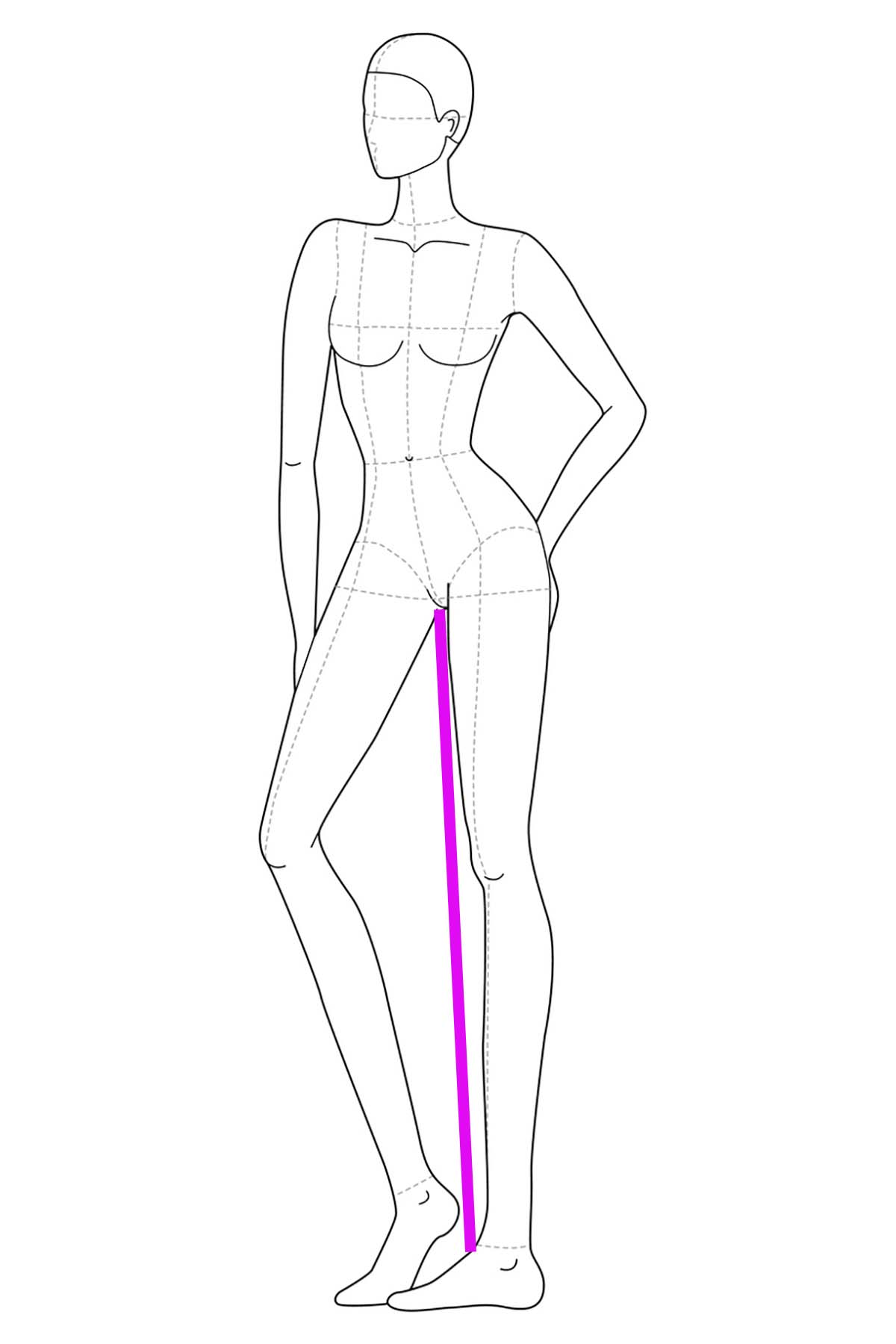
Inseam Measurement
Skirt Length
This one will vary based on the pattern/design/designer being worked with.
In some cases, it will be the measurement from the waist to the point at which you want the hem to hit.
In others, you may need to start from the hip or under-bust line (empire style dresses). Be sure to read any instructions - from the pattern or designer - to know where to start this measurement.
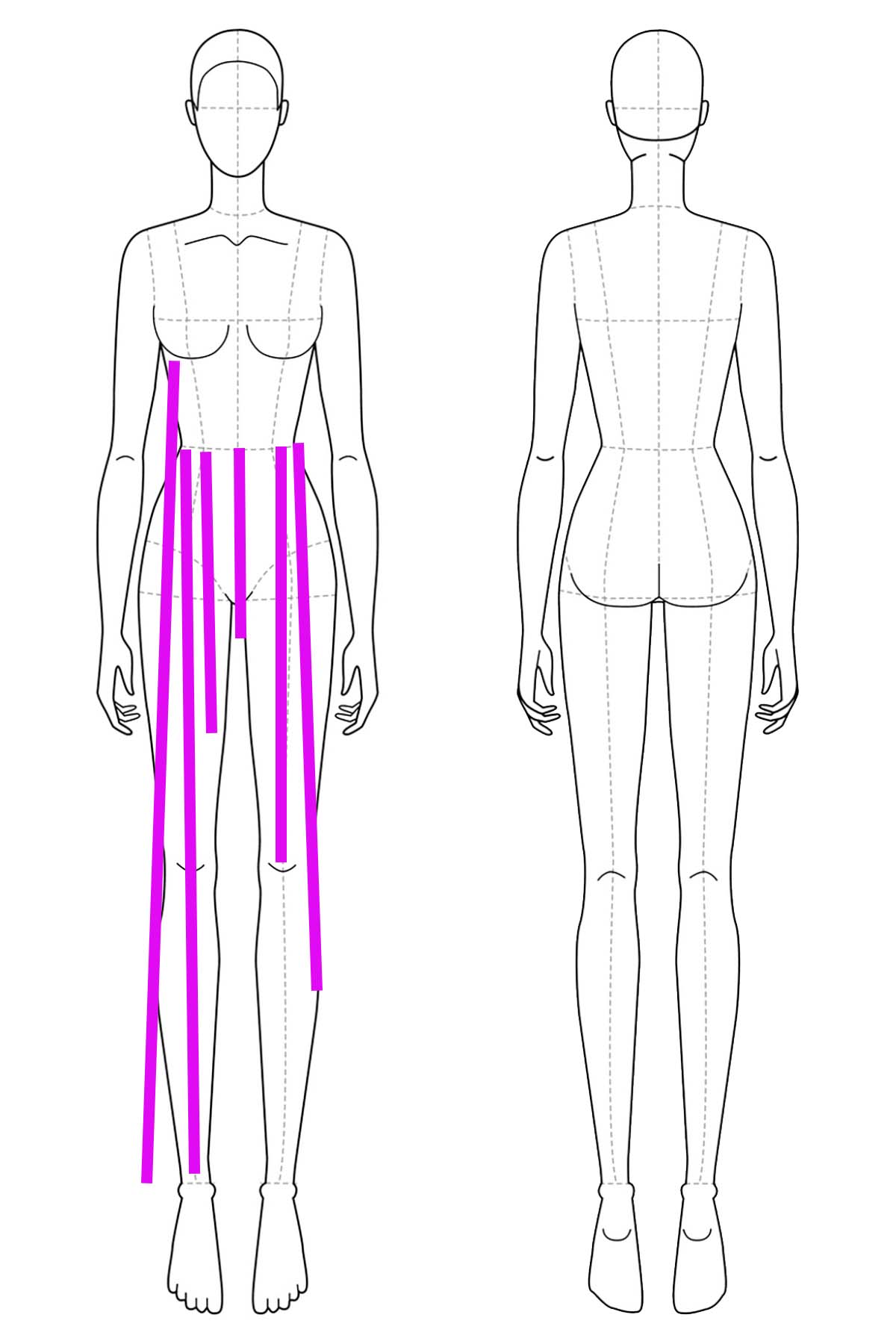
Examples of Skirt Length Measurements
What Measurements Are Needed?
While individual patterns or designers will have their own specifics, here’s a general guide to what measurements you’ll need:
Synchro Swimwear: Chest, Waist, Hips, Girth, and/or Backwaist.
Recreational Girls/Women's Swimwear: Chest, Waist, Hips, Girth and/or Backwaist, Sometimes Bra Size or Underbust.
Trunks / Mens Posing Suits: Waist and Hips.
Tights: Waist, Hips, Inseam.
Figure Skating Dresses: Chest, Waist, Hips, Girth / Backwaist, sometimes Arm.
Singlets:: Chest, Waist, Hips, Girth/Backwaist, Inseam, sometimes Arm.
Sports Bra: Chest, Underbust.
Fitness Bikinis, Basic: Chest, Waist, Hips, Girth/ Backwaist.
Fitness Bikinis, Underwire Cups: Chest, Underbust, Waist, Hips, Girth/Backwaist. If padded, bra size you typically wear, and what bra size you would like it built/ padded to, if applicable.
Getting Started with Spandex Costuming
Looking for more posts on the basics of spandex costuming?
Colour Theory for Spandex Costuming
Spandex Costuming Tools & Supplies
Spandex Costuming Design Principles
Types of Stretch Fabric for Spandex Costuming
Basic Pattern Alterations
How to Cut Spandex
How to Sew Spandex With or Without a Serger
... and be sure to check out our Table of Contents for an organized listing of all of our posts.
Share the Love!
Be sure to take some pics of your handiwork! If you post it to Bluesky, be sure to tag us - @SpandexSimplified.
Also, be sure to follow me on Pinterest, and subscribe to my Youtube Channel, so you never miss out on any of my nonsense.
Well, the published nonsense, anyway!


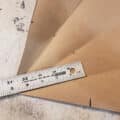



Leave a Reply